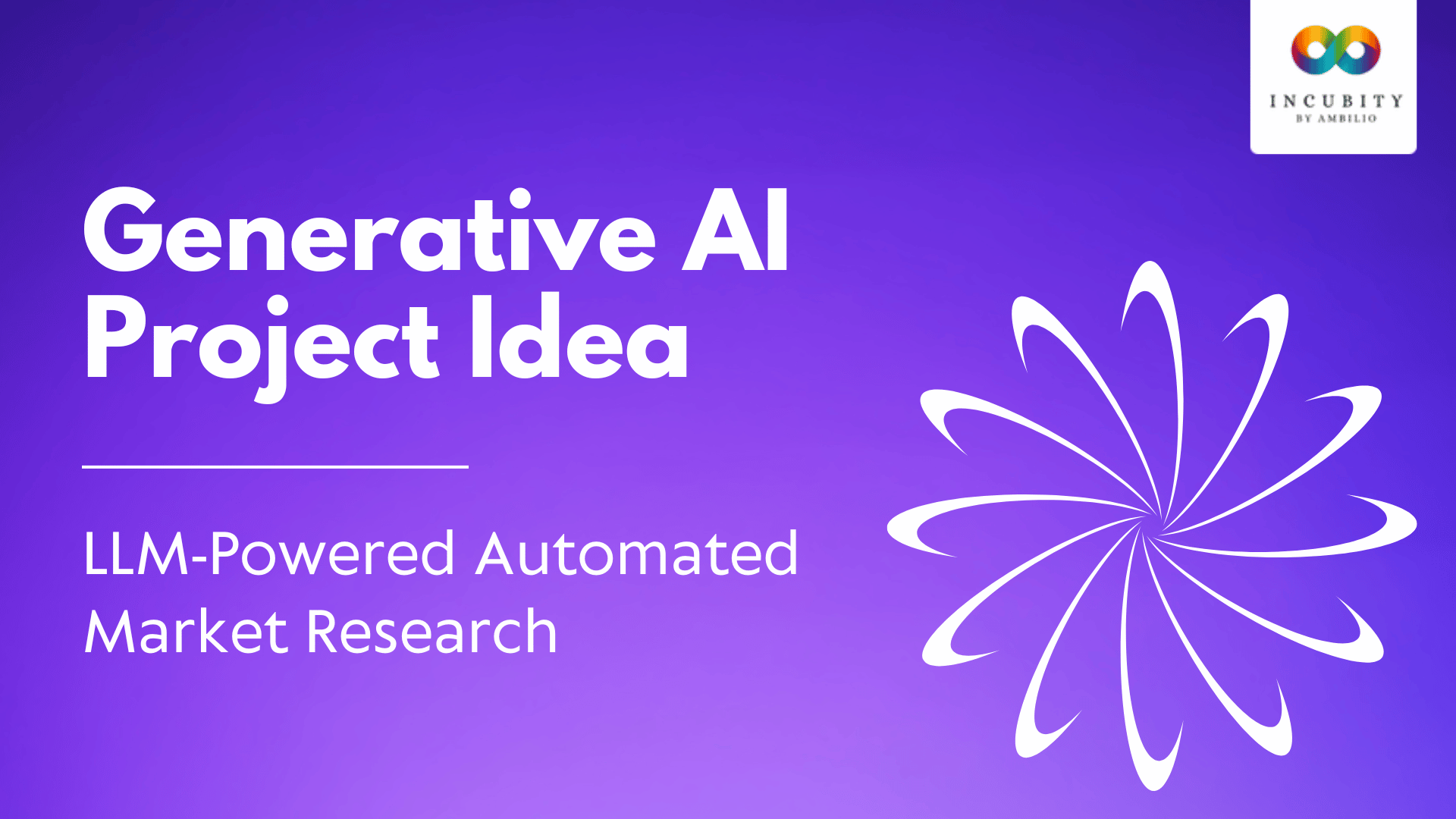In an era driven by data, the significance of market research and analysis has never been more profound. Understanding market trends, competitor strategies, and customer behavior forms the bedrock of strategic decision-making for businesses across the globe. However, the traditional methods of market research often fall short in providing real-time insights and comprehensive analysis. This is where the integration of advanced artificial intelligence (AI) models emerges as a game-changer.
The project idea of developing a model that can analyze market trends, competitor strategies, and customer behavior to provide valuable insights holds immense promise. With the advent of powerful language models such as OpenAI’s GPT-4, Meta’s LLaMA 2, and Mistral, the realm of market research stands at the brink of a transformative evolution.
Understanding the Approach
To embark on this journey of revolutionizing market research, it’s imperative to comprehend the approach that underpins the development of such a model. At its core, the project will involve harnessing the capabilities of advanced AI models to process vast amounts of data and extract actionable insights. The technical requirements for this undertaking encompass a robust infrastructure capable of handling big data analytics, coupled with expertise in machine learning and natural language processing (NLP).
Selection of Powerful Language Models
In selecting the appropriate AI model for this project, several factors come into play, including performance, versatility, and scalability. OpenAI’s GPT-4 stands out as a frontrunner, renowned for its exceptional language generation capabilities and ability to understand context with remarkable accuracy. Meta’s LLaMA 2, equipped with advanced self-supervised learning techniques, offers a compelling option, particularly in handling complex datasets. Additionally, Mistral, known for its proficiency in multilingual understanding and domain adaptation, presents a formidable contender in the realm of market research and analysis.
Technical Requirements
- Robust computing infrastructure capable of handling big data analytics
- High-performance GPUs or TPUs for efficient training and inference processes
- Integration of cutting-edge machine learning frameworks such as TensorFlow or PyTorch
- Access to extensive datasets spanning various industries and regions
- Data preprocessing tools to remove noise and standardize formats
- Development of intuitive interfaces for user interaction and access to insights
- Ongoing feedback mechanisms for continuous monitoring and improvement
- Scalable architecture to accommodate growing data volumes and user demands
- Implementation of security protocols to safeguard sensitive data
- Collaboration tools for seamless coordination among team members
- Documentation and version control systems to ensure reproducibility and maintainability.
Steps Involved in Model Development
The development of a market research and analysis model entails a series of meticulously orchestrated steps, each contributing to the overarching goal of delivering actionable insights.
- Data Collection and Preprocessing: The first step involves gathering diverse datasets encompassing market trends, competitor strategies, and customer behavior. These datasets are then preprocessed to remove noise, standardize formats, and ensure compatibility with the model’s input requirements.
- Model Training: With preprocessed data in hand, the selected AI model, whether it be GPT-4, LLaMA 2, or Mistral, undergoes extensive training to learn the underlying patterns and relationships within the data. This phase involves fine-tuning the model’s parameters through iterative optimization techniques, guided by established performance metrics.
- Validation and Evaluation: Following model training, rigorous validation and evaluation procedures are conducted to assess its effectiveness in generating accurate insights. This entails splitting the data into training, validation, and test sets, enabling thorough validation of the model’s performance across diverse scenarios.
- Deployment and Integration: Upon successful validation, the trained model is deployed into production environments, where it integrates seamlessly with existing market research workflows. This involves developing intuitive interfaces for users to interact with the model and access insights tailored to their specific requirements.
- Continuous Monitoring and Improvement: The journey doesn’t end with deployment; rather, it marks the beginning of a continuous cycle of monitoring and improvement. Through ongoing feedback mechanisms and periodic model retraining, the system evolves iteratively to adapt to evolving market dynamics and user needs.
Final Words
In conclusion, the project idea of developing a model for market research and analysis heralds a new era of innovation in the realm of business intelligence. By harnessing the power of advanced AI models such as GPT-4, LLaMA 2, or Mistral, businesses can gain unprecedented insights into market trends, competitor strategies, and customer behavior, empowering them to make informed decisions with confidence. However, the success of such endeavors hinges upon a comprehensive understanding of the technical requirements, coupled with meticulous execution of the development process. As we embrace the future of market research, fueled by AI-driven insights, the possibilities for growth and strategic advancement are limitless.
Work on this project with industry mentors. Join Incubity’s mentoring program.
-
 AI Project and Research MentoringPrice range: $300.00 through $800.00
AI Project and Research MentoringPrice range: $300.00 through $800.00




